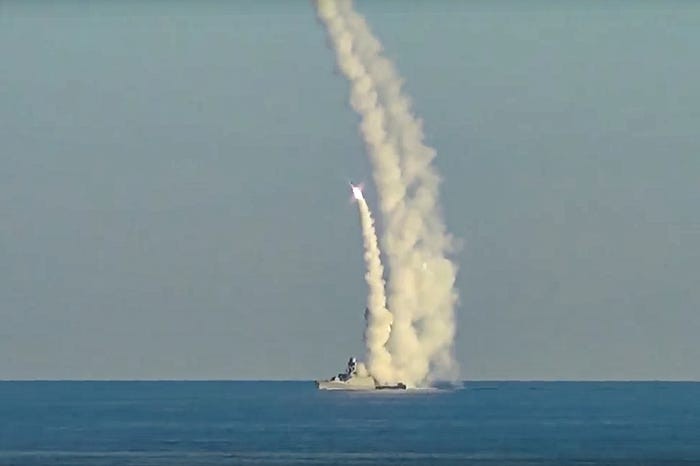
British military officials recently disclosed concerning results from a 2022 simulation that tested the UK's air defense capabilities against a scenario mirroring Russia's first night of attacks on Ukraine.
Air Commodore Blythe Crawford revealed that when military strategists loaded "Night 1 of Ukraine" into their £24-million Gladiator simulation system, the outcome "was not a pretty picture," with British air defenses being breached.
The exercise exposed several weaknesses, including insufficient airfields for fighter jet operations and a lack of hardened aircraft shelters to protect against bomb strikes. These vulnerabilities stem partly from the closure of multiple airfields since the early 1990s.
"We've stood for years at the western edge of Europe feeling as though the rest of the continent has stood between us and the enemy," Crawford explained at a Royal United Services Institute conference in London. He emphasized that the Ukraine conflict has forced British military planners to reevaluate their defensive posture.
The simulation highlighted new challenges in modern warfare, particularly the threat of drone swarms and combined attacks using various weapons systems. Crawford noted how the concept of air superiority has evolved, shifting from theater-wide control to more localized dominance "from trench to trench and from zero to 50 feet."
In response to these findings, the Ministry of Defense maintained that the UK remains well-equipped to defend against threats, citing its layered air defense approach including the Sea Viper missile system, which has proven effective against Houthi attacks in the Red Sea.
Military experts note that in a real-world scenario, NATO allies would likely intercept many missiles before they reached British airspace. However, the simulation did not account for Russia's newer weapons like the Zircon and Kinzhal hypersonic missiles.
The exercise has prompted calls from former defense ministers for the UK to develop its own missile defense system similar to Israel's Iron Dome, highlighting the need for enhanced protective measures against evolving aerial threats.